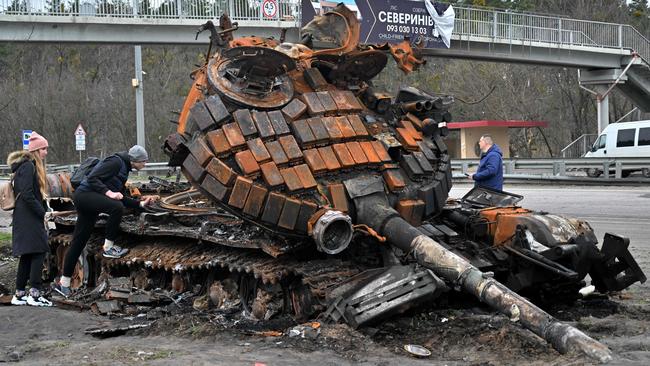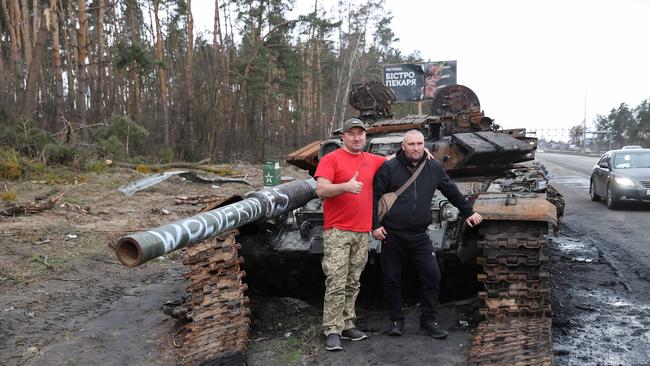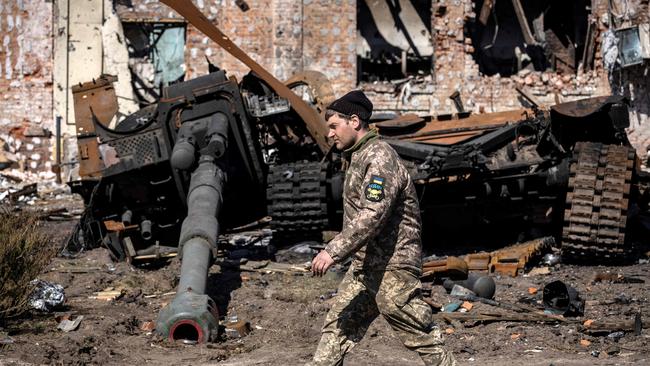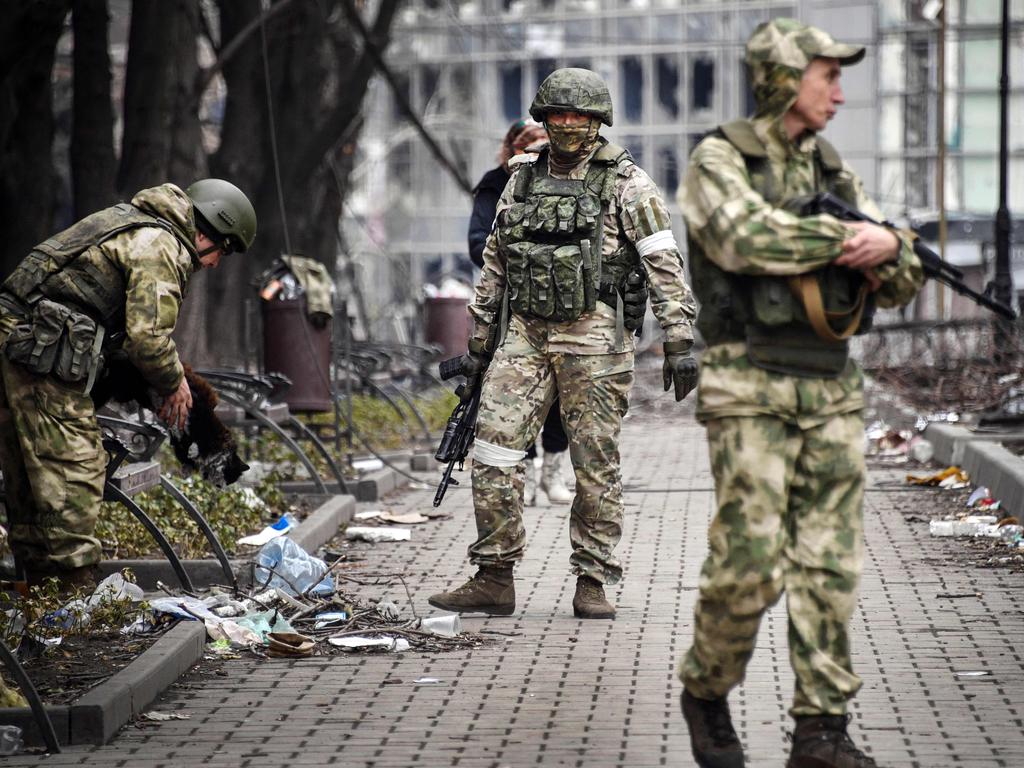Equipment losses could stop Moscow fighting more wars
Russia has burnt through so much of its equipment during two months of fighting in Ukraine that it could be ‘years’ before it is ready for another battle.

Russia has burnt through so much of its equipment during two months of fighting in Ukraine that it could be “years” before it is ready for another war, analysts believe.
Mark Cancian, from the Center for Strategic and International Studies, a think tank in Washington, said Russia had produced about 250 tanks and 150 aircraft annually in recent years.
Based on estimates for Russian kit lost so far, Ukrainian forces destroyed the equivalent of at least two years of Russian tank production and one year of aircraft production, he said. He is still analysing data for Russia’s missiles, but guessed the Kremlin could have already used several years’ of production against Ukrainian targets.
“It will take years for Russia to rebuild its inventories,” Cancian told The Times. As for any impact on the conflict under way in the eastern Donbas region, he believes that at some point Russia will have to curb its use of long-range precision missiles, which are expensive and reliant on sophisticated electronics, because its “inventories are getting low”.
Bellingcat, the investigative website, reported on Sunday that Russia had probably used 70 per cent of its stockpile of precision missiles.

Western sanctions are also likely to hinder Moscow’s ability to produce spare parts. Ukrainian military intelligence claimed this month that production of Russia’s T-72 main battle tanks had significantly slowed while production of T-90s and T-14 Armatas, Russia’s latest “next generation” tank, had completely stopped.
Henry Boyd, a military analyst at the International Institute for Strategic Studies in London, said Russia was able to draw upon reserve forces which have been held in storage areas across the country for decades. “They kept a large number of Soviet-era tanks, armoured vehicles and artillery”, he said.
However, he cautioned that even if Russia could reactivate ageing equipment in “sufficient numbers” to deploy them in Ukraine, there would be a notable drop in standards when it came to quality. “You can probably compensate in terms of sheer numbers by reactivating older systems but there is a question mark over whether they will have the crews to man the vehicles and if they do, whether they have had sufficient training,” he said.
Ukraine’s ability to resupply its personnel with equipment on the battlefield is less of an issue because it is getting a constant, and increasing, supply of weapons from the West, Cancian said. In the past week alone, the UK has supplied 1,000 anti-tank weapons, 14 Wolfhound armoured vehicles and 4,000 night-vision goggles for the defenders.
Yet the supply is not endless. President Zelensky has said his armed forces could use up to a week’s worth of weapon supplies in just 20 hours.

The rapid supply of weaponry is also leaving donor countries short. Ben Wallace, the defence secretary, said on Monday it was “very important we replenish our stocks”.
Asked about Wallace’s suggestion the UK could send its L118 light gun, Nicholas Drummond, a former British army officer and defence analyst, said: “We are basically giving away everything we’ve got, which is not much to start with.”
James Heappey, armed forces minister, told Sky News that the UK has been “scouring the earth” for the 152mm artillery ammunition that Ukraine’s existing guns mostly use.
“That means hundreds of thousands more artillery rounds are flowing in, from the US particularly, to Ukraine,” he said.
The mammoth resupply effort has not gone unnoticed in Moscow. Russian forces carried out precision missile strikes against Ukrainian stations on Monday in an effort to disrupt the flow of reinforcements to the east of the country as well as western aid shipments, the Institute for the Study of War said.
A series of co-ordinated Russian missile strikes conducted within an hour of each other on Monday hit critical transportation infrastructure in Vinnytsia, Poltava, Khmelnytskyi, Rivne and Zhytomyr.
It said the Kremlin may have additionally conducted the attacks, an unusually high number of precision missile strikes in one day, to demonstrate Russia’s ability to hit targets in western Ukraine after the surprise visits to Kyiv during the week of Antony Blinken, the US secretary of state, and Lloyd Austin, the defence secretary.






To join the conversation, please log in. Don't have an account? Register
Join the conversation, you are commenting as Logout